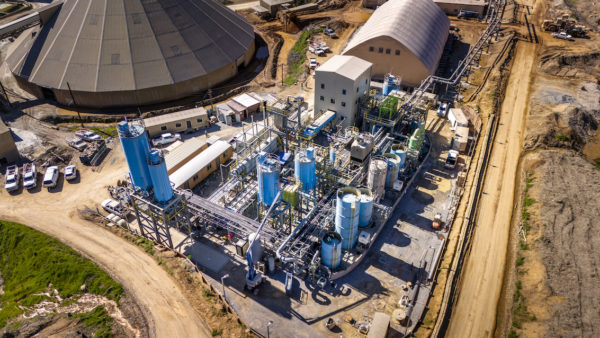The Indian IT firm Tata Consultancy Services has launched a software system that uses machine learning to allow street lighting to adapt to changing conditions.
The company says that its system could cut the payback time for installing LED lights from around five years to three.
The system uses “self-learning algorithms” and sensors to enable a streetlight to alter its brightness in response to changes in crime patterns, traffic, people movement and weather.
The firm says it would be able to dim lights when bad weather keeps people indoors, or in areas where there are complaints about light pollution. It would also shine brighter in response to particular incidents, such as a traffic accident.
“Like the dawn of the Internet, we’re just scratching the surface of what’s possible when cities intelligently connect scores of new urban data sources,” said Seeta Hariharan, the general manager TCS’ Digital Software & Solutions Group.
“Just as we’re seeing in retail, banking and other customer-centric markets, cities will compete on their ability to deliver a superior experience for digitally savvy citizens and visitors.”
The software is hosted on a cloud-based server running TCS’ “Intelligent Urban Exchange (IUX)” platform. If other systems are also being run on IUX, a city could theoretically integrate them to co-ordinate its response to an event. For example, it could predict a water main leakage, reroute buses to avoid the area and brighten certain streetlights to assist repair crews.
Â
Conventional streetlighting usually accounts for about 40% of a city’s electricity bill. The installation of LED cuts that in half, and TCS says its intelligent control system cuts it in half again.Â
Just as we’re seeing in retail, banking and other customer-centric markets, cities will compete on their ability to deliver a superior experience for digitally savvy citizens and visitors– Seeta Hariharan, TCS’ Digital Software & Solutions Group
Research firm Northeast Group predicts that over the next 10 years, 280 million LED streetlights will be added across 125 countries, reaching a penetration rate of 89% by 2026.
The firm calculates that this will add up to a $70bn market over the next decade, with $13bn invested in “smart” networked streetlights from 2016 to 2026.
Another IT research firm, Gartner, said in its “Smart Cities Look to the Future” report that, by 2020, 10% of smart cities will use streetlamps as the backbone for their wide area networks.
Smart streetlight systems have been launched by a number of other companies. For example, automotive supplier Continental has produced a control module that can recognise whether a person, a bike or a car is passing and automatically alter its brightness.
T&T and GE have installed “Current CityIQ” cameras, microphones and other sensors in San Diego. This is able to provide lighting that reacts to need, but also monitors traffic circulation, parking availability, air quality and gunshots.
In Las Vegas, a company called EnGoPlanet has installed solar panels and sensors in Las Vegas streetlights. This system is also connected to the internet, and allows an operator to check the battery status, dim the lights, receive fault notifications, and offers passers-by a charging socket for their mobile phones. Â
Image: Individual lights can be configured to respond to individual passers-by (Continental)
Further Reading:
Comments
Comments are closed.











Interesting.
I welcome any technology that reduces the excessive waste of energy caused by unused streetlighting.
The light polluted night sky is a terrible symbol of our modern age.